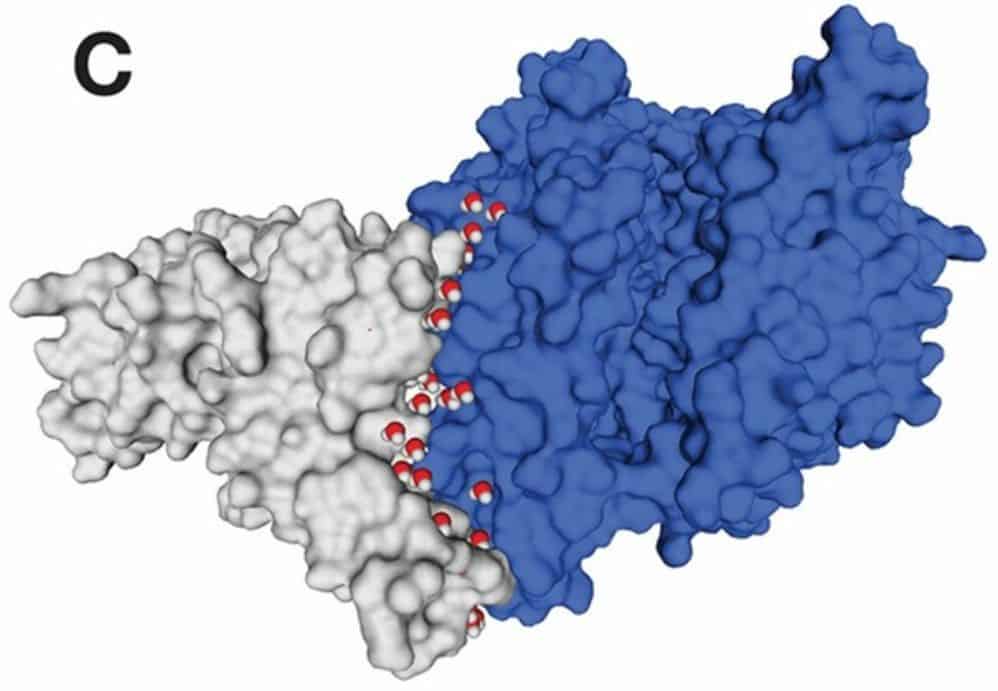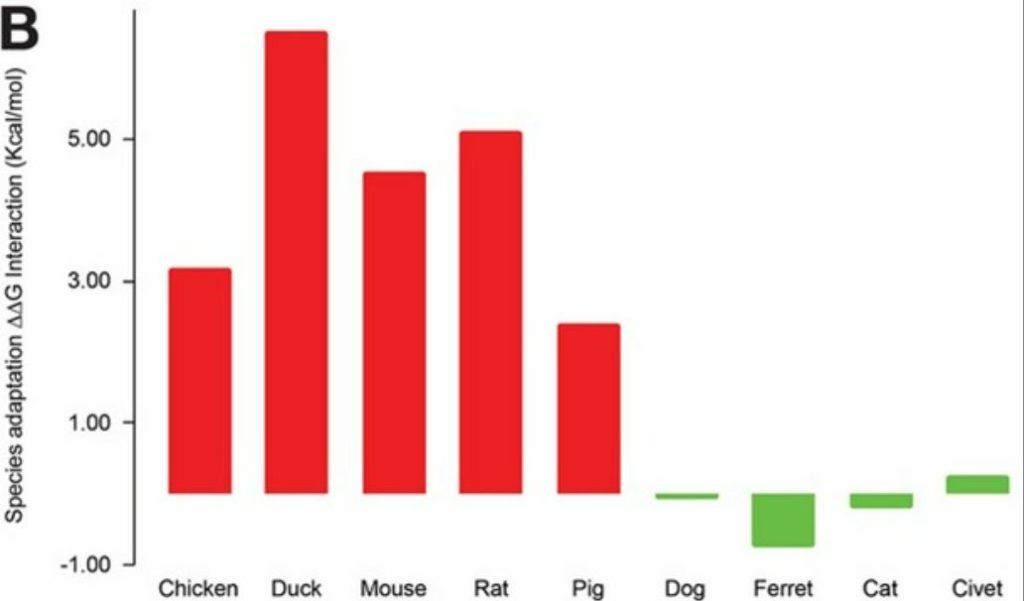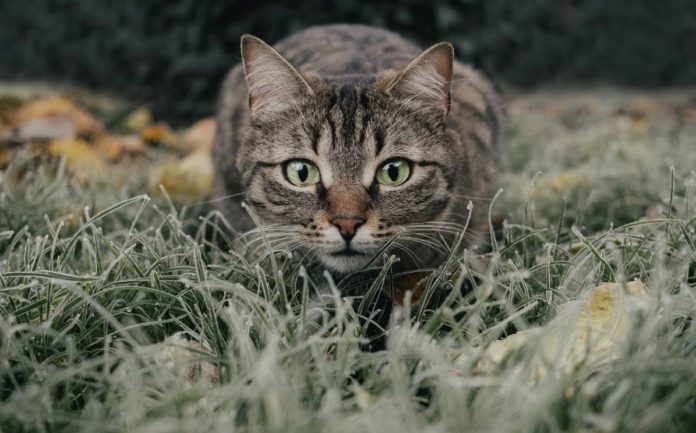Ferrets and, to a lesser extent, cats, civets and dogs are most prone to infection with SARS-CoV-2
Scientists have found that ferrets and, to a lesser extent, cats, civets and dogs are the animals, who are highly susceptible to the SARS-CoV-2. A team of scientists from the Centre for Genomic Regulation (CRG), The Barcelona Institute of Science and Technology have presented the results of the study in the journal PLOS Computational Biology.
To examine it, scientists used Computer modelling method to study how the structure of the coronavirus S-protein clings to the ACE2 receptor on the surface of cells – and, accordingly, infects them. There are many variations of ACE2, both among humans and other species. 10 species were tested, including humans.
This is how tightly the molecular region of ACE2 (blue) “connects” with the region of the S-protein of the coronavirus (gray):

“The ACE2 variants in humans, followed by ferrets, cats, dogs and civets, have the highest binding affinity for viral S-protein, while mice, rats, chickens and ducks have low binding energies,” the study says.
Biologists also confirmed that human variants of ACE2 were different in the stability of binding to the coronavirus. This may be the reason why some people suffer from severe symptoms of COVID-19, while others are asymptomatic.
It was also found that the lower the energy of formation of a strong S-protein / ACE2 complex, the higher the susceptibility to infection:

In addition to the affinity, the index of codon adaptation in various species was tested: an indicator of how effectively the virus “enslaves” the mechanisms of the cell after entering it and uses it to create the proteins it needs for replication. It turned out that the highest adaptation of codons to SARS-CoV-2 in humans, chickens and ducks, while other species are less adapted.
Scientists believe that knowing which animals are susceptible to SARS-CoV-2 will help prevent contact with animals that are more susceptible to this infection.
“Our results offer a clue as to why minks, which are relatives of ferrets, become infected with this disease,” the authors write.
They are now constructing mini-proteins from human ACE2 to divert the attention of the virus from entering cells and thereby block infection. In other words, an attempt is being made to create “fake ACE2” that will stick around virions and make them unable to penetrate cells.
